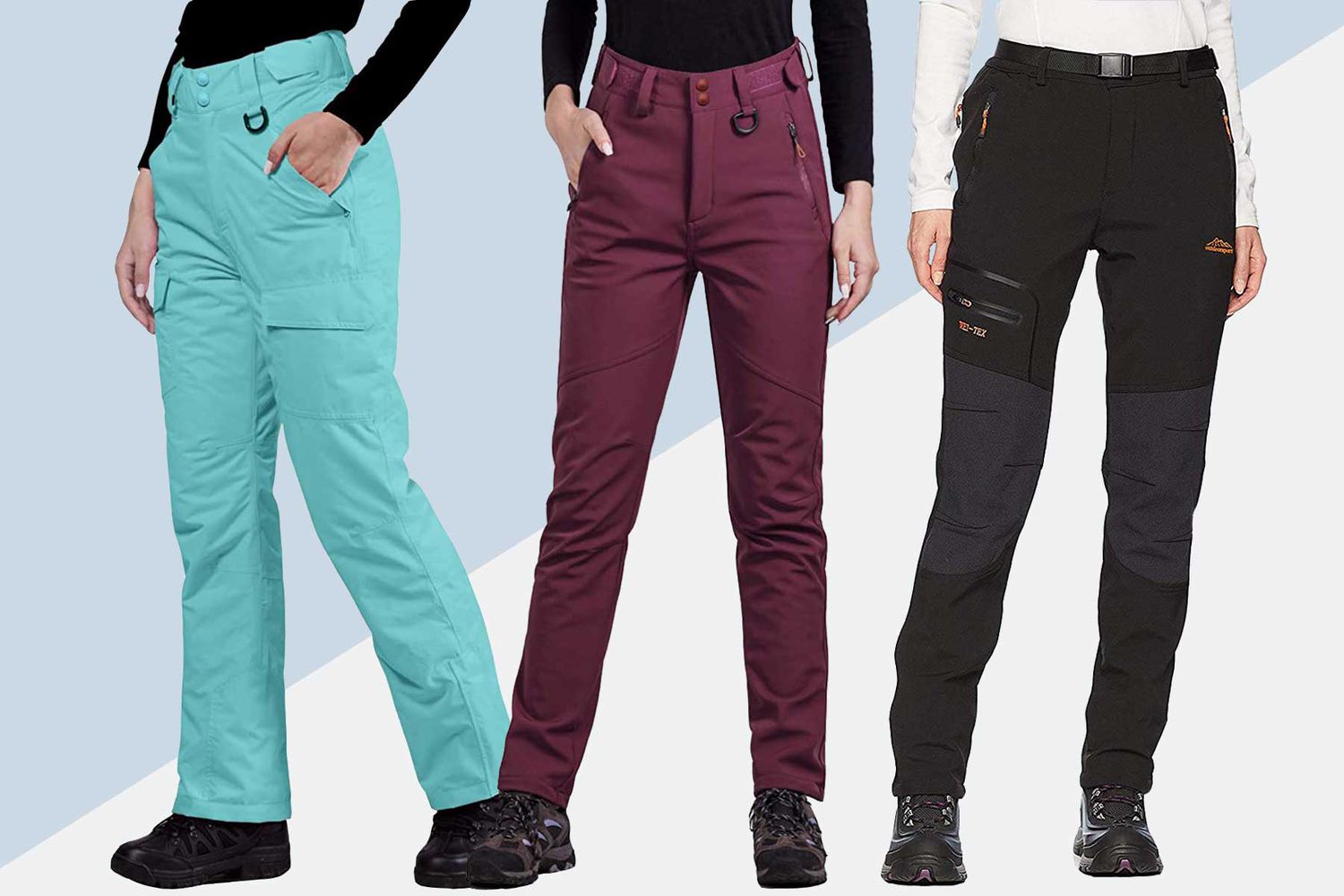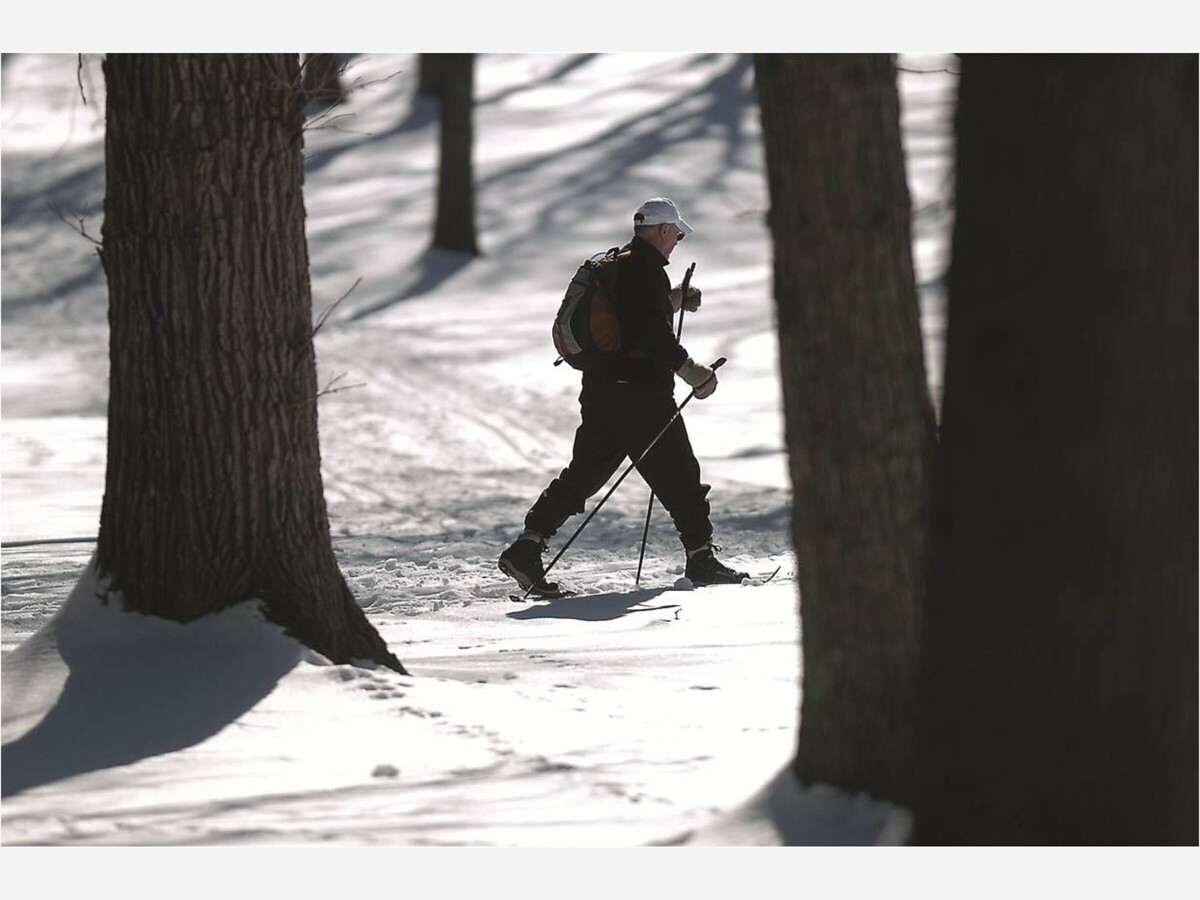
Barefoot water skiing allows you to ski with your feet instead of traditional skis. This new activity has become increasingly popular and is now a recognized sport division by USA Water Ski (the national governing body for water ski).
In Florida, bare footing was started as a recreation sport in the 1940's. But it took time for this new way on the lake that people could enjoy the water without the need to have access to other water sports. The sport has spread to many other countries and is taught in waterski schools.
Getting Started
Barefoot skiers typically use a boom, a long pole that hangs over the edge of a boat and allows them to ski directly alongside it. Barefooters can ski faster if they have a pole because they can lean forward with their weight.
If you want to get the most from your barefoot skiing, practicing on a boom can help you learn how to lean correctly. You can also learn new tricks barefoot without putting your skis at risk.

Speed
Barefooters will be able reach speeds of 30-40 mph when using booms, but not if they are wearing shoe-skis. You can ski more comfortably barefoot if you have a boat that can handle both the speed and the small wakes created by a boom.
A good barefooter will work hard and be able practice on the shore before going out onto the lake to compete in a tournament. Ideally, a barefooter should practice on a smooth lake with glassy, calm water so they can master their skill level and perform well in a competition.
The barefooting world has some great champions, and one of the most famous is Jennifer Calleri. She is a proud member of American Barefoot Club.
Nadine DeVilliers is South African and competes in the tricks category. She made a highest score of 3290 in the Freestate Barefoot Championships in Feb 2000.
Injuries
Barefooters can sustain injuries from various accidents while waterskiing. These injuries can vary from minor to serious and can keep you off of the water for up to a year or more, depending on the severity.

Common barefooting injuries include sprains, strains and tears to the ankles, knees and elbows. These injuries can often be caused by poor body positioning and can easily be avoided by wearing waterproof, breathable boots.
Fractures of the feet are the most serious injury to barefooting. This can lead to permanent disability, paralysis, or even death. This is a common injury for athletes who just start barefooting.
There are many instructors and schools that teach barefooting, so you can avoid any injuries. If you have been in an accident on the water, they can help you avoid injury.
FAQ
How long does it take to fly between two countries?
The time taken to fly varies depending on the distance between the airports and the weather conditions.
The average flight takes around 3 hours.
The actual flight time is dependent on many factors, including the airline, aircraft type, delays at the airport, weather conditions, and the airline.
How can I travel light and how do I get there?
There are no right or wrong answers when packing for a vacation. These tips will help guide you in choosing what to bring on your trip.
-
Only take what you actually need.
-
Only pack what you will actually wear.
-
Avoid buying too many things.
-
Check your suitcase for space.
-
Always double-check that you've packed everything you need.
-
You can take advantage of our free storage facilities
-
Use reusable water bottles instead of buying bottled water.
-
A backpack is better than a luggage.
-
Walk or cycle whenever possible instead of using public transport.
-
The right size bag is important.
-
Do not carry heavy items.
-
Be prepared for all eventualities
-
You can't leave any trace.
Do I need travel insurance?
Travel insurance is vital if you're planning to travel. You should ensure that you have coverage for all types and forms of adventure sports.
If you plan on skiing, make sure that you have health insurance. You should also think about getting coverage for theft loss and damage.
It is also worth considering purchasing cancellation cover. You can cancel your holiday without incurring any penalty.
Additionally, it is a good idea to ask for emergency evacuation coverage. In the case of an avalanche and other natural disaster, you can be evacuated from the mountain.
Statistics
- That's an 18% jump from 2019, the previous record year. (travelandleisure.com)
- Between the ages of 11 and 13, kids, or tweens, will likely want some autonomy but also need boundaries. (travelandleisure.com)
- No Checked Bags: No Alcoholic beverages with more than 70% alcohol (over 140 proof), including grain alcohol and 151 proof rum. (tsa.gov)
- Alcoholic beverages with 24% alcohol or less are not subject to limitations in checked bags. (tsa.gov)
- They're also likely to offer babysitting services, in case you'd like to have dinner one night after 7 p.m. (travelandleisure.com)
External Links
How To
How to travel inexpensively
Travel is a popular activity. However, travel is costly. Traveling is costly due to high costs of lodging, hotel rooms, rental cars, transportation and food. Even worse if you have children. How can we make travel more affordable?
The first step is to look at ways to lower costs. By planning ahead, you can get discounts on flights, hotels, car rentals, and rental cars. Budget hotels can be a great way to save money. Hostels are a great option if you don't have the budget to spend a lot. They offer basic accommodation for as low as $20 per night. You can also rent a room in someone else's home by using public transport or Airbnb.
It is worth spending a little more to avoid additional fees. For example, if there is no free Wi-Fi available, you should buy a SIM card for your phone. This will ensure that you won't pay roaming charges. To cut down on costs, order a pizza or pasta if you plan to eat outside.
It is also possible to split the costs with other people. For example, ask friends or relatives to split the bill. Or maybe you can work together to book tickets. You can save money and stress by sharing expenses.
You don't need to travel if you have no money. Camping and hiking are options. These activities are often available for free. These activities are usually free. All you have to do is pack water, snacks sunscreen, insect repellents, a first aid set, a flashlight and a tent.
There are many ways that you can make traveling more affordable. Be creative and think of unique ways to make traveling affordable.